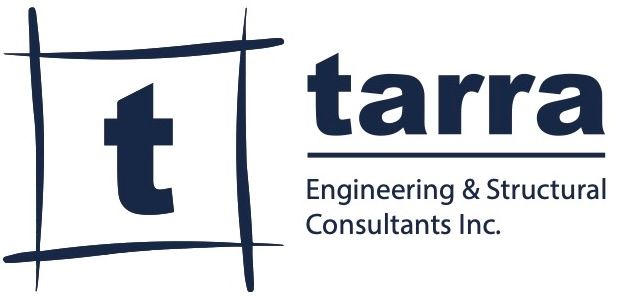Shoring/Excavation Projects
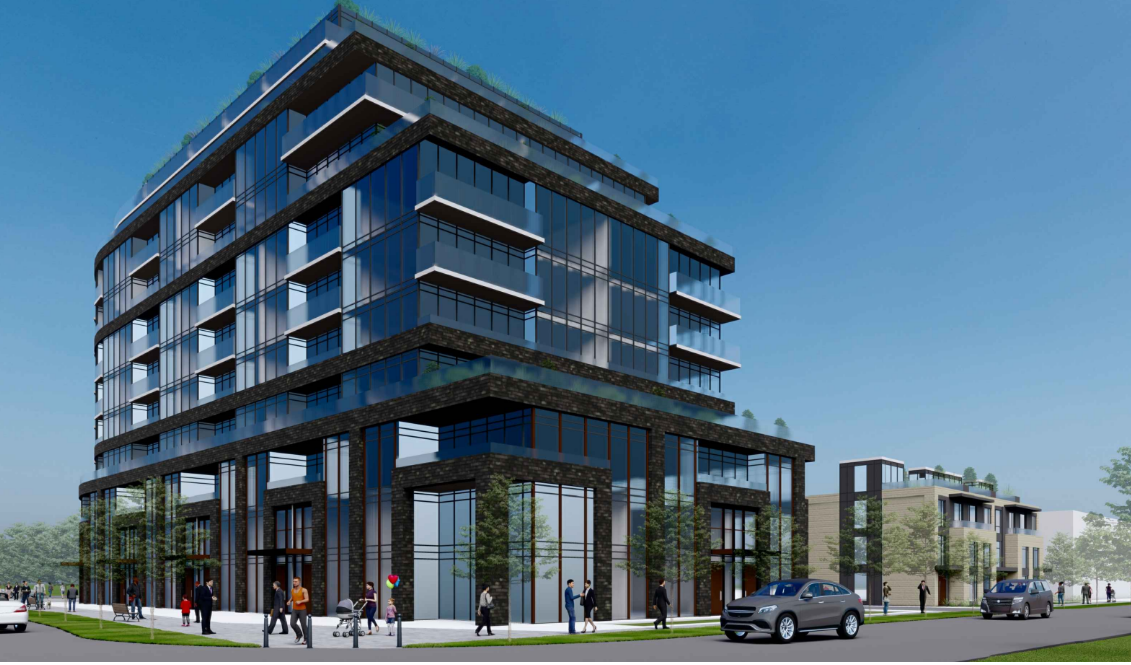
The Project: A new mixed-use residential development is planned at 101 Bayly Street in Pickering. The project will feature a multi-storey residential tower with supporting amenities and underground parking, designed to meet contemporary housing and urban design needs. Our Role Tarra Engineering is engaged as the structural consultant for the project, providing services from early schematic design through permit, tender, and construction administration. Our scope includes shoring design, structural framing, permit and tender drawings, and site review in accordance with Ontario Building Code and PEO guidelines. How We Delivered At the post-rezoning and site plan application stage, we provide design assist services, including schematic structural layouts and redline mark-ups to guide coordination between the architectural, mechanical, and envelope teams. We collaborate with consultants and a wind tunnel specialist to determine lateral resistance strategies and optimize the design for wind loads. As the project advances, we will prepare permit and tender drawings, coordinate through design meetings, and support the project with contract administration, shop drawing reviews, and monitoring during construction. The Outcome While construction has not yet begun, our structural design services are laying the foundation for a safe, efficient, and code-compliant building. By supporting early design coordination and delivering robust structural solutions, Tarra Engineering is helping advance a development that will contribute to sustainable urban growth and meet community housing needs.
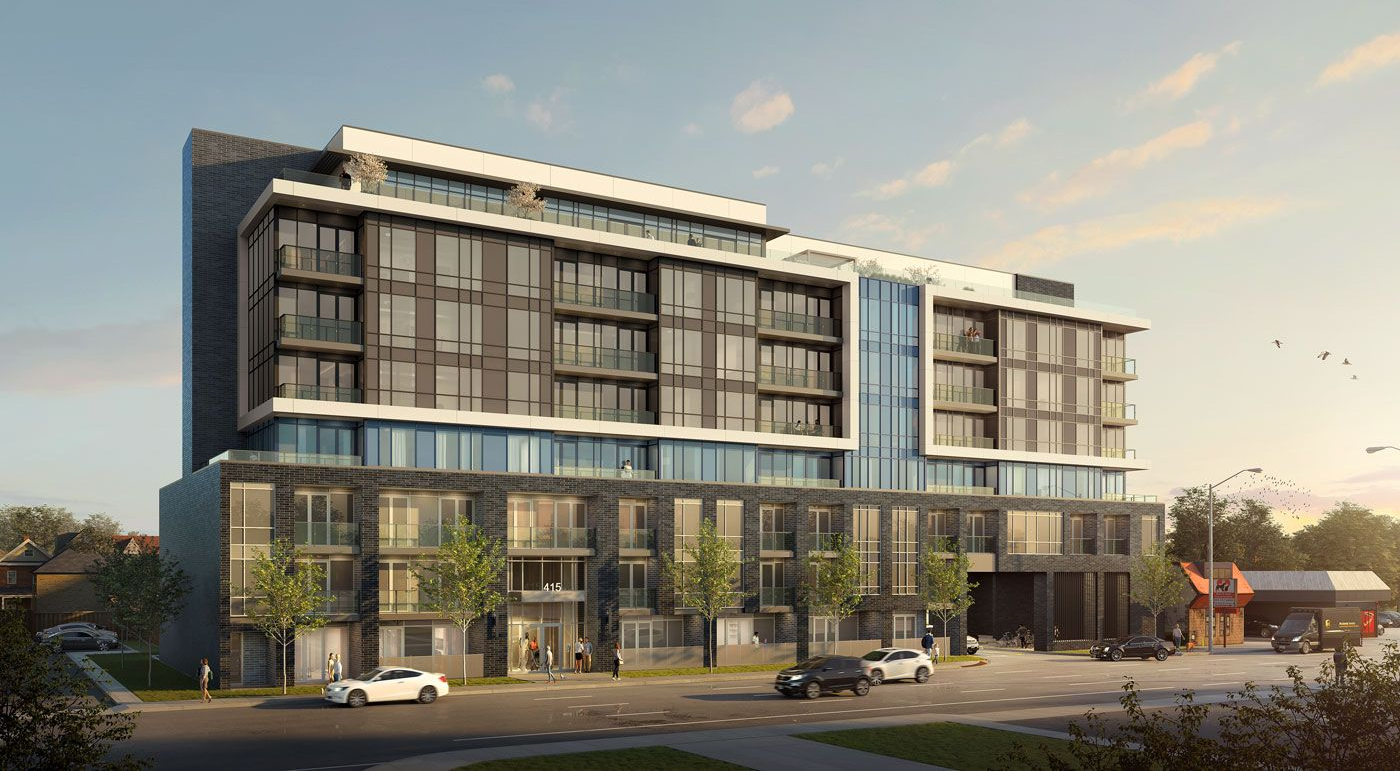
The Project: A new seven-storey residential development at 415 Main Street West in Hamilton is set to bring over 80,000 square feet of living space above grade, supported by one level of underground parking. The building features a structural system combining hollow-core slab framing with structural stud, steel, and poured-in-place concrete. Our Role Tarra Engineering provided full structural engineering services for the development, from early schematic design through construction. Our scope included shoring design, structural framing, permit and tender drawings, contract administration, and site review in accordance with Ontario Building Code and PEO guidelines. How We Delivered During the early stages, our team supported post-rezoning and marketing efforts by providing schematic design solutions and redline mark-ups to guide the architectural, mechanical, and envelope strategies. We coordinated closely with the client, consultants, and a wind tunnel specialist to optimize the structural design for lateral resistance and wind load performance. As the project advanced, we developed detailed permit and tender drawings, attended coordination meetings, and oversaw site review, shop drawing review, and contract administration. The Outcome Our work enabled the successful progression of the 415 Main Street West development from planning through construction, ensuring safe, efficient, and code-compliant structural solutions. By providing expertise at every project stage, Tarra Engineering contributed to the delivery of a high-quality residential building that supports Hamilton’s urban growth and housing needs.
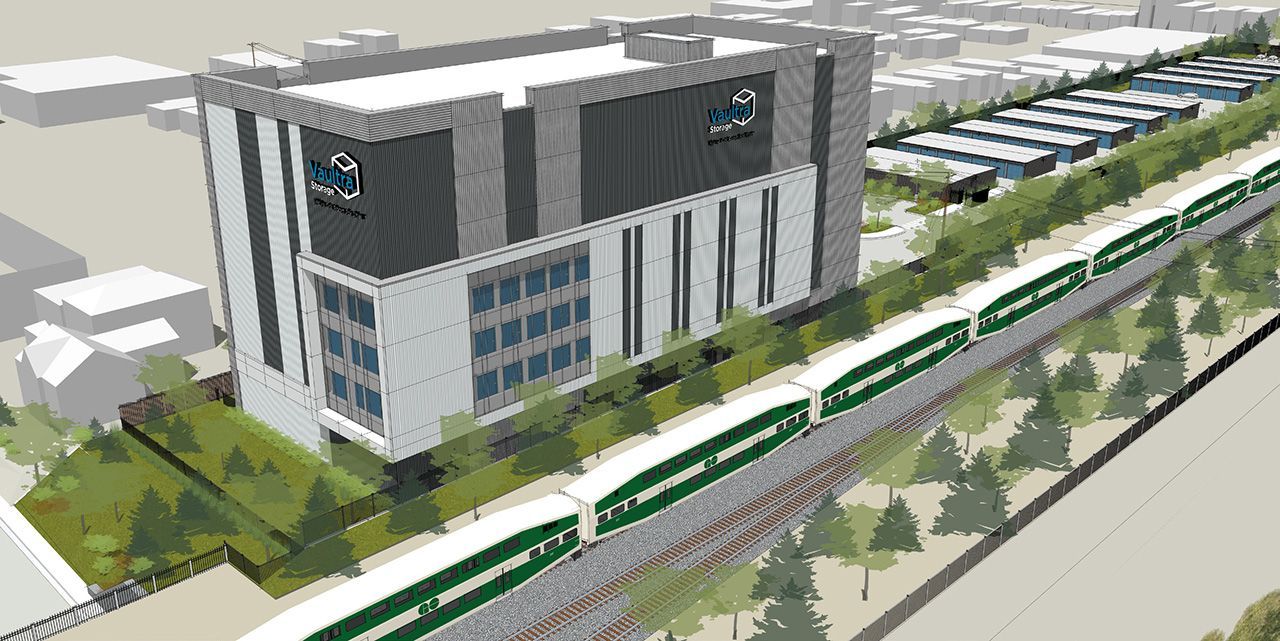
The Project: The Thora Avenue Storage Building Facilities in Scarborough required complex geostructural solutions at track level between Victoria Park Bridge and Signal 3279. This work involved significant safety and logistical challenges, including confined-space trenching and working-at-height requirements under MOL regulations. Our Role Tarra Engineering designed and implemented shoring and retaining wall systems and delivered a comprehensive Geotechnical Instrumentation and Monitoring (GIM) program. We collaborated with utility locators, contractors, and Metrolinx to coordinate the safe installation and monitoring of critical instruments. How We Delivered Our team managed complex site conditions through extensive coordination with multiple stakeholders, including Ontario One Call, PNR, Ledcor, Powell, and AECON. We installed and monitored instruments measuring track and ballast settlement, ground movements, inclinometers, and vibrations. All work was performed under stringent safety protocols for confined spaces and working at height. The Outcome Despite complicated utility coordination challenges, our monitoring program provided Metrolinx and its contractors with accurate, real-time data to support safe construction practices and protect vital transit infrastructure. The project reinforced our expertise in delivering geostructural solutions in highly constrained and safety-critical environments, contributing to the long-term resilience of Toronto’s transit system.
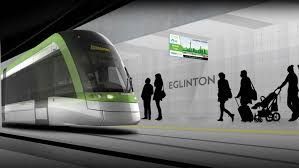
The Project: Mount Dennis Station serves as the western terminus of Toronto’s Eglinton Crosstown LRT and is designed as a major transit hub, connecting GO Transit, TTC bus services, and the future SmartTrack line. Our Role Tarra Engineering provided construction-level designs and documentation for excavation shoring supporting tunnels, station structures, bridge piers, and train tracks. Our scope also included engineered drawings, specifications, and comprehensive monitoring plans. How We Delivered Working in close collaboration with project stakeholders, our team applied advanced geostructural engineering expertise to develop efficient, phased shoring solutions. Each design was tailored to site-specific constraints and project load requirements, ensuring constructability and safety. The Outcome Our solutions supported the safe and timely delivery of this critical piece of transit infrastructure. By enabling seamless integration of multiple transit systems, the project enhances mobility and strengthens Toronto’s sustainable urban growth.
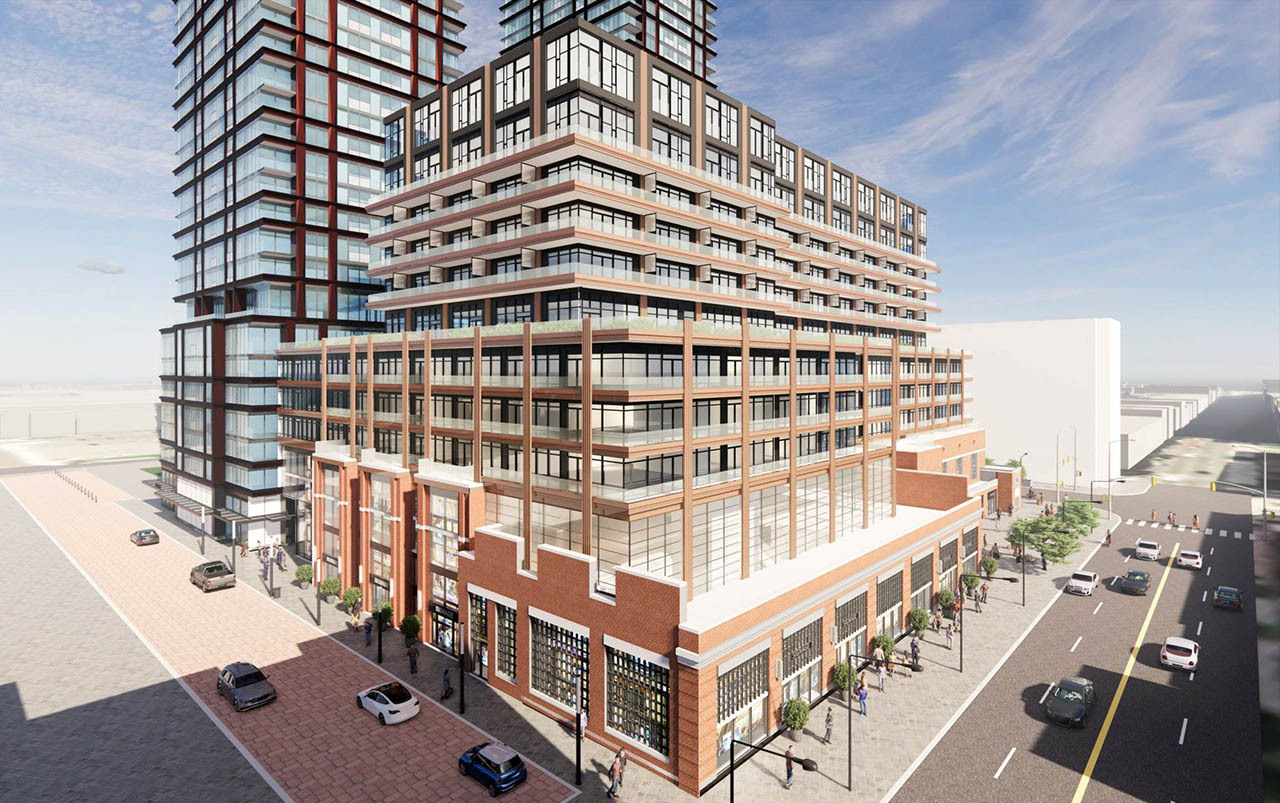
The Project: A landmark redevelopment at Bloor and Dufferin is transforming the area with a five-tower, multi-owner mixed-use community. The project also features a new underground pedestrian tunnel connecting directly to Dufferin TTC Station, enhancing transit accessibility in the neighbourhood. Our Role Tarra Engineering designed the shoring systems and delivered a comprehensive monitoring program for all towers, the pedestrian tunnel, TTC Dufferin Station, and the heritage-designated Kent School. This included managing the complexities of sequenced excavation across multiple blocks. How We Delivered Our team employed a range of advanced techniques—including caissons, soldier piles with lagging, multi-level tiebacks, micropiles, tunneling, and road decking—to support excavation and the construction of the pedestrian tunnel and station connection. All work was completed while maintaining the safety of surrounding infrastructure and minimizing community disruption. The Outcome Our design and monitoring approach ensured safe excavation, safeguarded heritage structures, and supported efficient project delivery. By protecting critical transit infrastructure and managing complex site challenges, Tarra Engineering enabled smooth progress on one of Toronto’s most significant urban redevelopment projects.

The Project: A six-tower mixed-use development is underway near the GO Station on Enterprise Boulevard in Markham’s rapidly evolving Unionville district. This project brings significant new residential and commercial density adjacent to critical rail and transit infrastructure. Our Role Tarra Engineering designed shoring systems and delivered a comprehensive Geotechnical Instrumentation and Monitoring (GIM) program to support excavation activities and protect surrounding structures. How We Delivered We deployed precision instrumentation and monitoring solutions in line with Metrolinx specifications and standards. Our team provided real-time data collection and analysis to track ground and structural performance, ensuring excavation work proceeded safely while minimizing risks to adjacent rail lines, bridges, and infrastructure. The Outcome Our monitoring and design approach enhanced public safety and reduced excavation-related risks. By providing reliable data and responsive oversight, Tarra Engineering exceeded client expectations and ensured the stability of critical surrounding infrastructure throughout the construction process.
